Pearl River Estuary Pollution Project
AN INTEGRATED APPROACH TO PEARL RIVER MONITORING
Background
The Pearl River Delta region, as part of the South China Sea, has experienced tremendous growth in the past few decades. The increased social and economic activities have brought about serious deterioration of the water quality due to pollutants discharged into the Pearl River estuary system. The Hong Kong Jockey Club has awarded HK$18,000,000 study under the Chief Executive Community project for CCAR to conduct scientific investigation of pollution in the Pearl River Estuary.
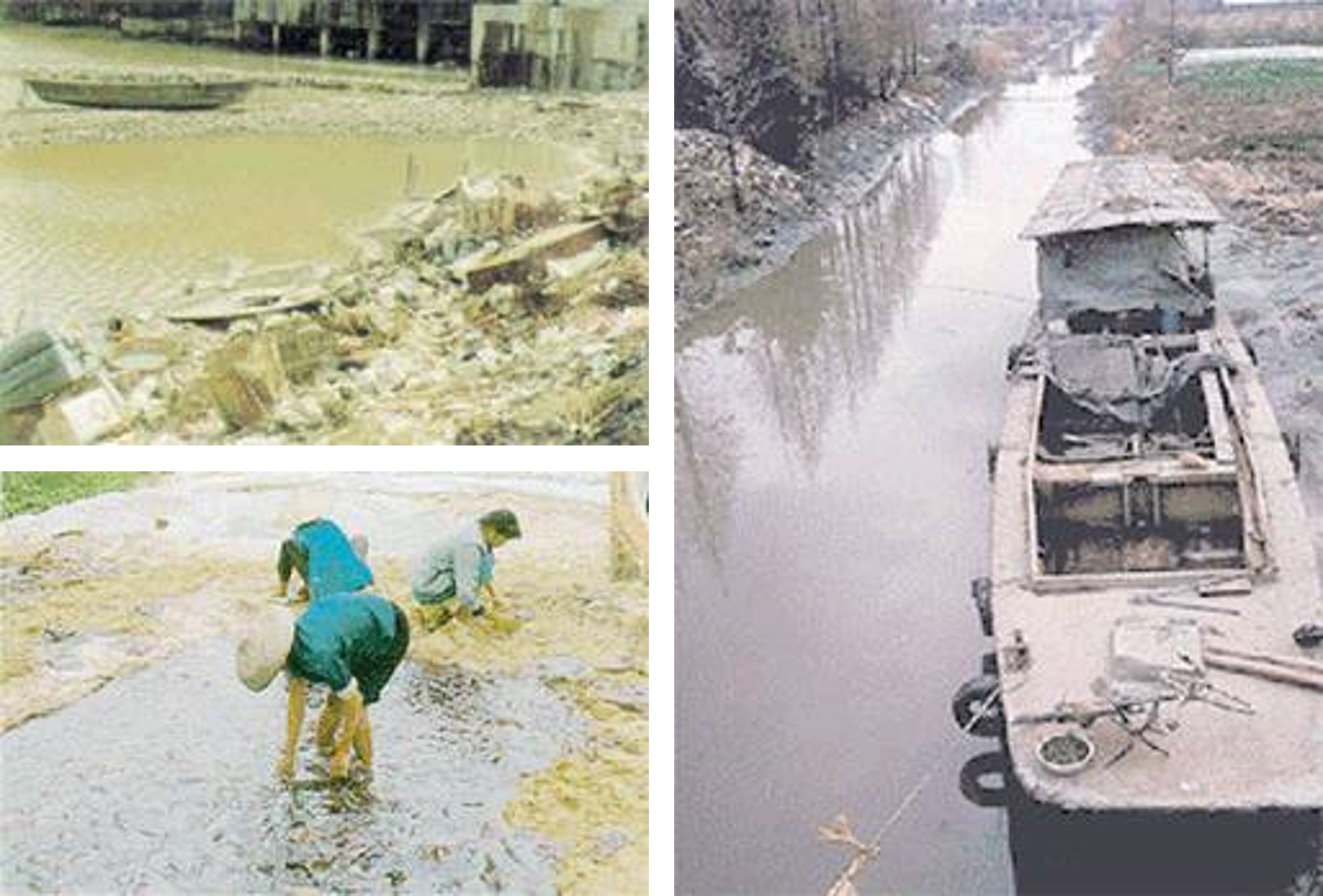
Objective
The objective of the Pearl River Estuary Pollution Project (PREPP) is to use a combination of traditional and new technologies to gain a solid understanding of the status of selected toxic pollutants, sediment, phytoplankton and nutrient levels in the Pearl River Estuary. Given the dramatic growth of industry and population in the area, this information is urgently needed to ensure that government pollution monitoring and control strategies are in line with the most serious threats to ecology and human health.
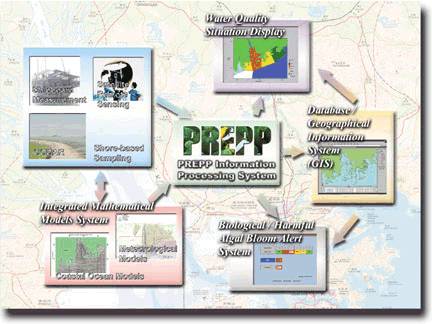
Input: Field Data Collection
Shipboard Measurements
A research vessel with a fleet of small boats has been commissioned to collect water samples.
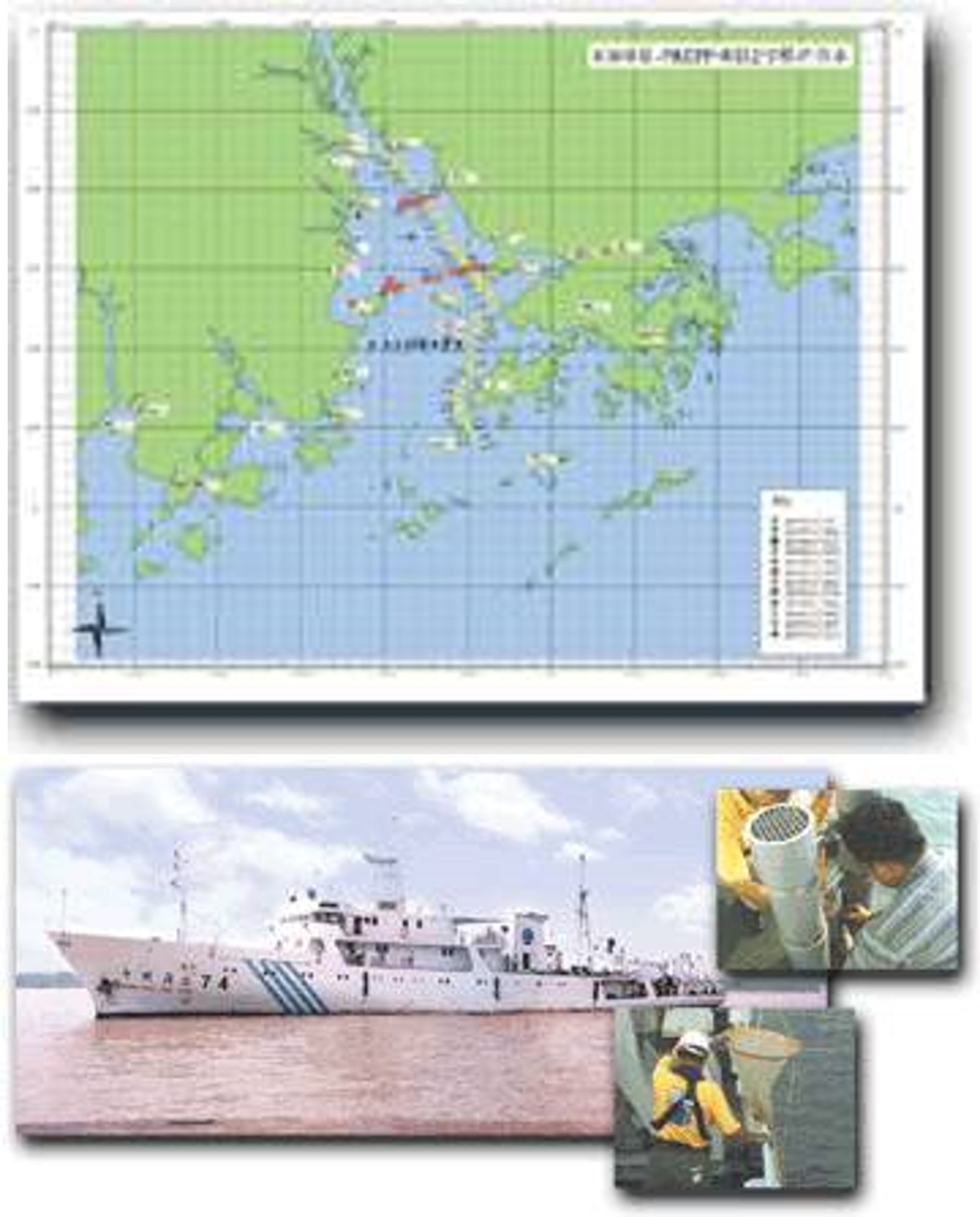
Satellite Remote Sensing
Due to the large spatial domain and high temporal variation of coastal parameters, remote sensing technology is used to capture details about the coastal environment. A HRPT station was installed at HKUST in1994 to receive images from NOAA-AVHRR and SeaStar-SeaWiFS. These images provide temporal comparison of sea surface temperature, uuspended sediment and other parameters.

Shore-based Sampling
A network of instruments has been installed in various locations to collect field data. These instruments include YSI, AWS and CODAR for measurement of dissolved oxygen, pH values, turbidity and chlorophyll concentration.
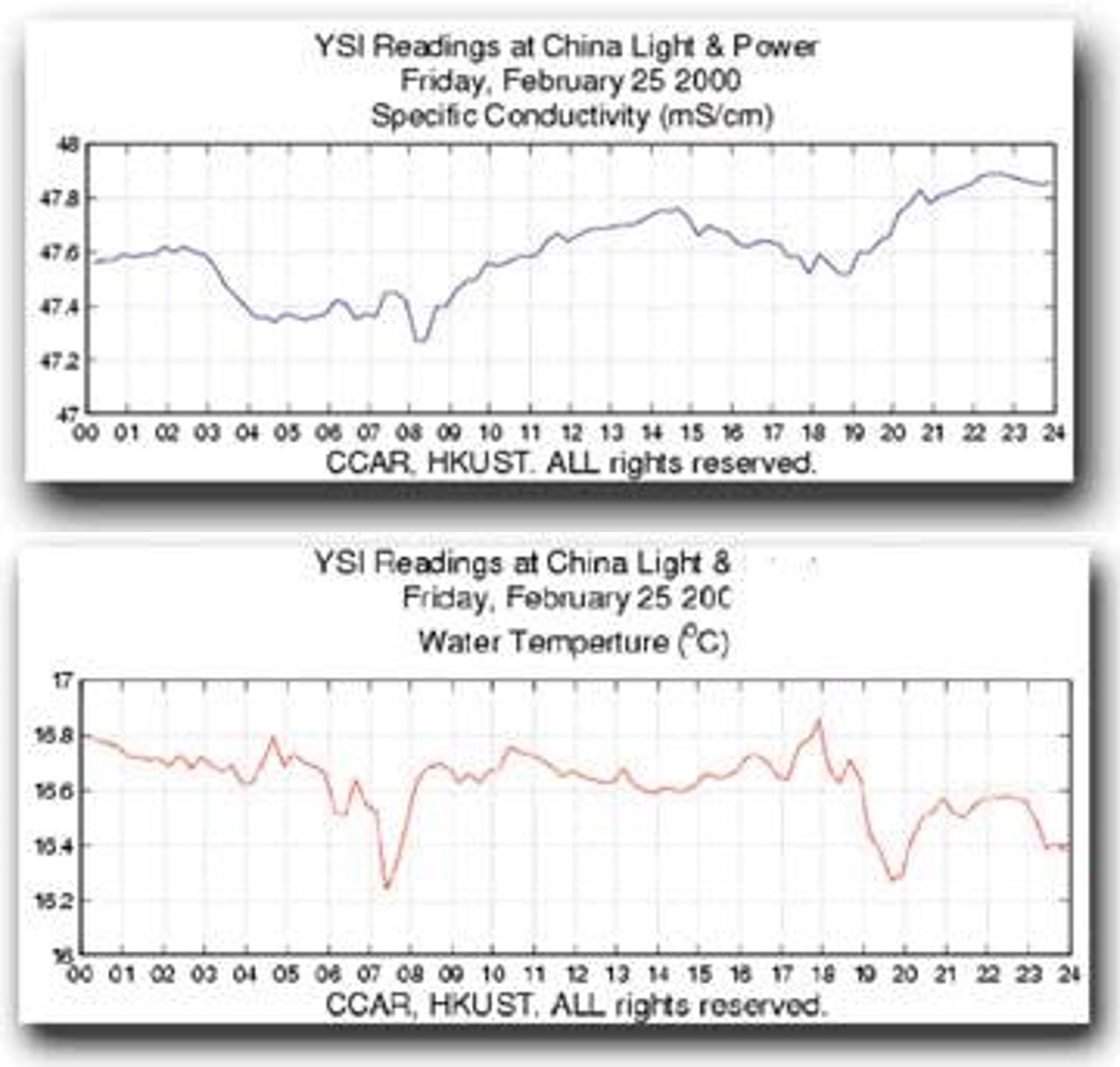
CODAR
A coastal radar system measures the ocean current on the horizontal surface area. Our CODAR radars are configured to a preset resolution of 3 km and 32 grid range cells giving us a coverage of 96 km.

Integrated Mathematical Models System: Meteorological Models
The variabilities of the surface wind and air-temperature affect the coastal circulation. Meteorology mathematical models (MM5) and atmospheric data are used to provide relevant weather information and numerical weather prediction for the area.

Coastal Ocean Models
The coastal ocean mathematical model is used as the basis to develop the algorithm for "now-casts" and forecasts of water quality and other environmental parameters.

Output
Data from both the shore-based and the shipboard measurement are integrated with the secondary data from public and private sectors for incorporation to our real-time Geographical Information System (GIS). The water quality situation display provides real-time, tactical and strategic information on the environmental quality of the waters in the Pearl River Estuary. It gives both the spatial and temporal variations of the measurements. These results can help us understand when harmful algal blooms will occur. We provide scientifically based biological alerts.

Field Programs
Field observation is an important component of the PREPP. Both shore- based and cruise measurements provide real-time data on the Pearl River Estuary.
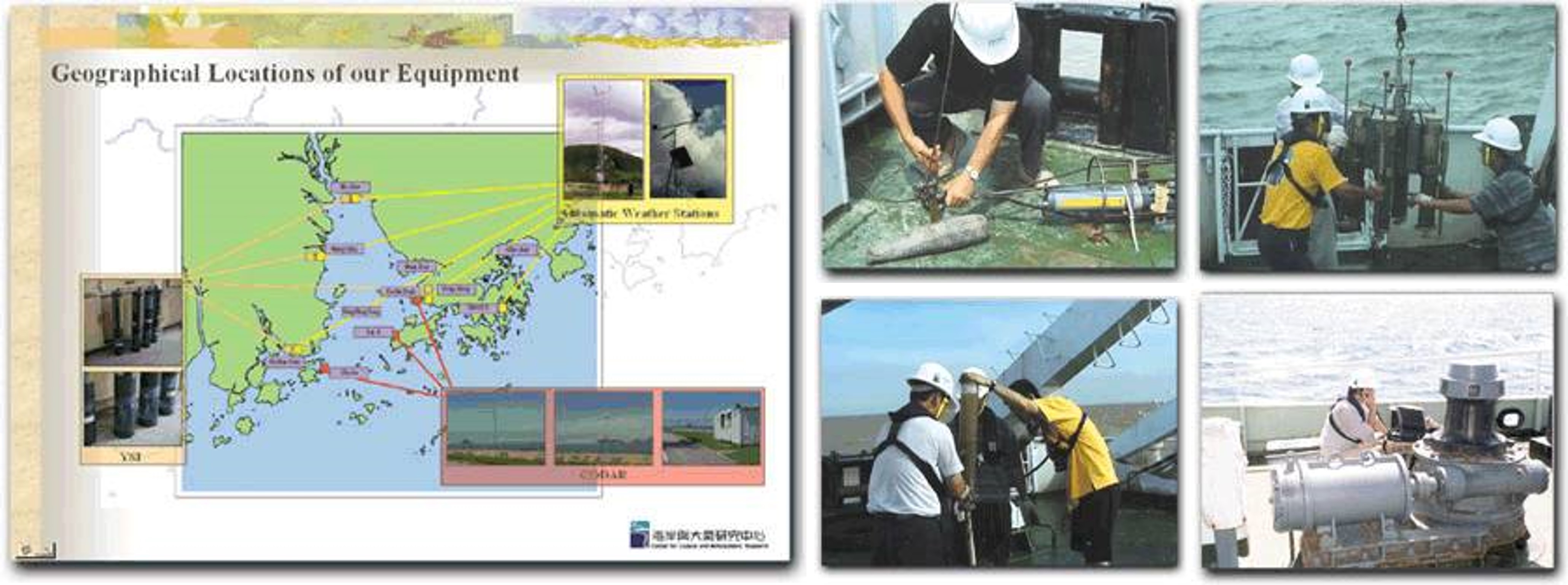
This site is published by the Institute for the Environment, the Hong Kong University of Science and Technology (HKUST - IENV). The information on this site is for education and research purpose only. Commercial or publication use of data must obtain approval from the original information provider and/or HKUST. HKUST - IENV makes no warranty or representation concerning the accuracy, completeness or usefulness of the information contained herein and shall not have any legal liability (including liability for negligence) for any loss, damage, or injury which may result from the supply or use of such information.